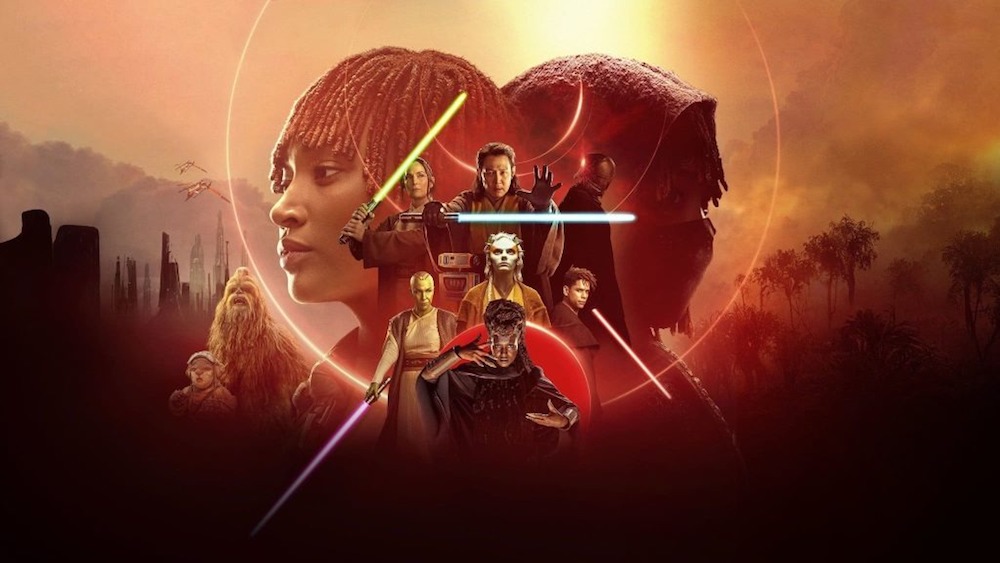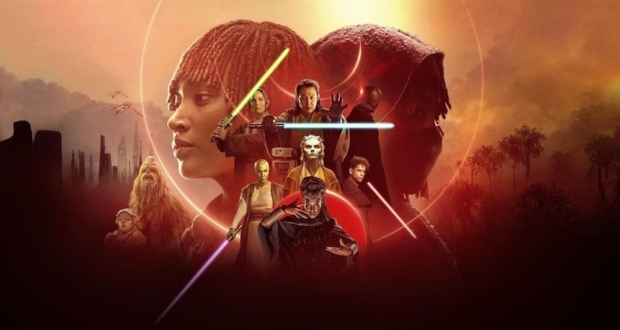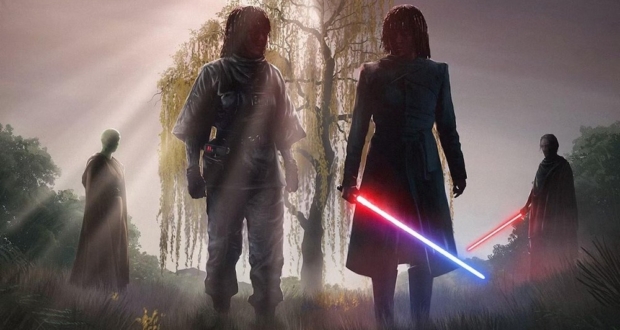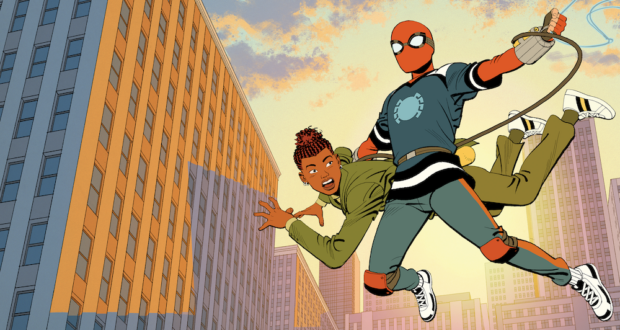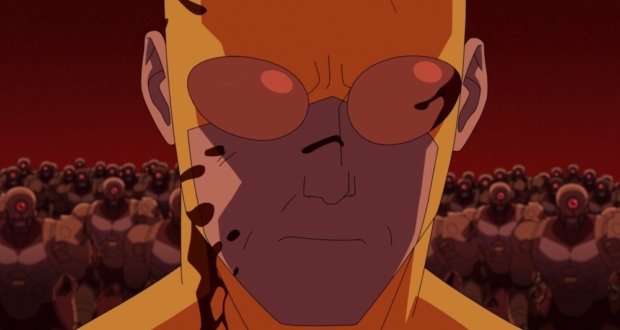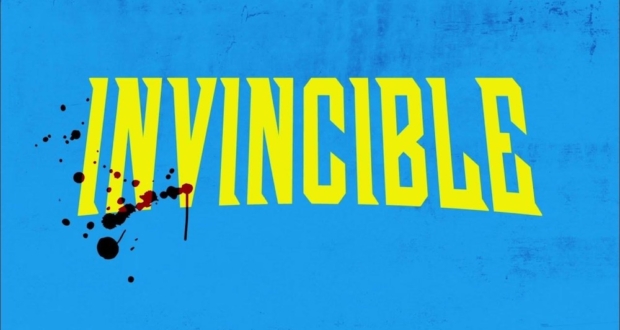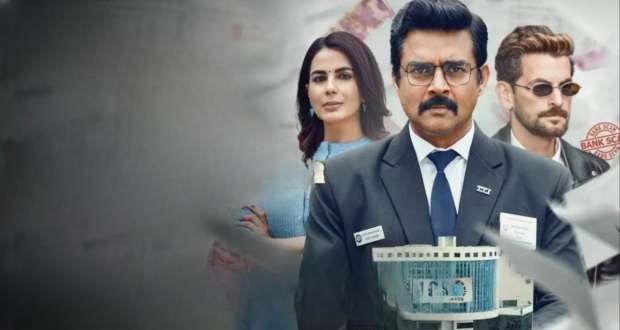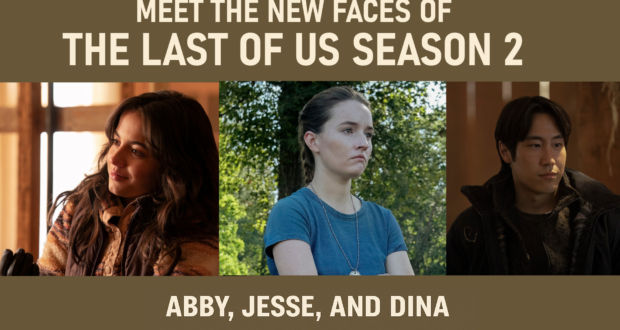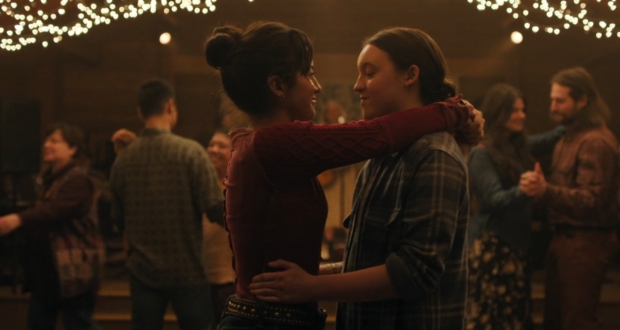The Acolyte, the newest Disney Plus Star Wars show received a lot of mixed reactions from critics and fans alike. However, despite that, the show was successful in making audiences reevaluate what they thought they knew about the decades-long Star Wars franchise. The series explores the ideas of good and evil, through new characters, both Jedi and Sith, along with others that start off neutral but choose a side by the end. Read on to see how The Acolyte good and evil depictions are different from what we’ve gotten in the franchise before, and why that’s a good thing.
Please note that the following will feature heavy spoilers from season 1 of The Acolyte, now streaming on Disney Plus.
Who Is Good And Who Is Bad In The Acolyte
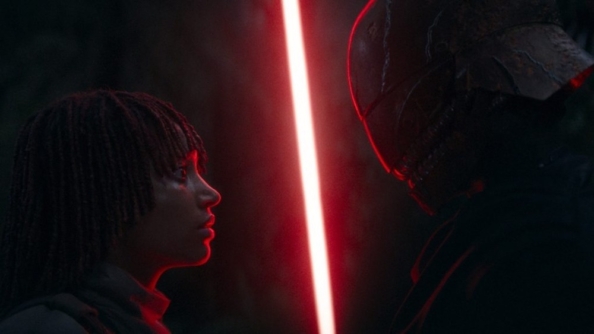
Image via Disney+
The biggest thing that The Acolyte series achieves, is positing new ideas about the Jedi and Sith that audiences and fans have lived with for decades. While that may have ruffled some fans’ feathers, the series does explore some interesting ideas. Specifically, The Acolyte good and evil depictions are specially highlighted to create debate and make people choose sides. This is kind of what happened off-screen too, but that’s a different matter altogether.
For generations, (at this point) fans have regarded the Jedi as good, and the Sith as bad. It’s a very basic and binary type of distinction that has regaled audiences for years. It’s tried and tested archetypes and tropes that existed in storytelling through various mediums for decades. However, The Acolyte presents a different interpretation of that same dynamic in a new way for new audiences.
What if, the Jedi do bad things, despite good intentions?
And what if, the Sith aren’t inherently evil, but become so due to their experiences?
The Acolyte Good And Evil Depictions Is Complicated
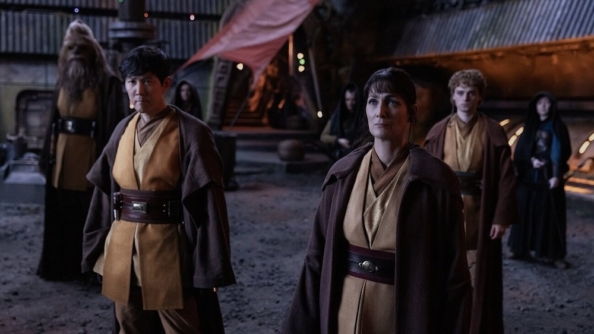
Image via Disney+
This is how good and evil come off in The Acolyte, through layers of complexity that are character-focused, and not generalized concepts. For example, the concept of Jedi starting their training as young as toddlers is an accepted concept within Star Wars. It’s the building blocks of the Jedi Order. However, in The Acolyte, we see Jedi in a position to see children trained in ways not of their own. This creates a sense of danger and mistrust in Master Sol (Lee Jun-jae) whose immediate instinct is to protect them. Seemingly, oblivious to his hypocrisy.
Similarly, it makes you wonder how many societies may resent the Jedi, for taking their children at a young age and training them to completely ignore and cut off their family in a misguided attempt to repress their emotions. How many others can look upon a Jedi taking a child as the same danger that Sol feels about the Witches of Brendok? It’s presenting this idea that while we, the audience accept the Jedi as good, their actions, intentions and ways may be breeding resentment and fear within the galaxy.
Especially factoring in how many worlds go against the Republic and Jedi Order in the prequels. This is why I feel that in many ways, The Acolyte depictions of good and evil are actually laying the foundation and going deeper to explain how things got to where we see them in the prequels.
The Sympathetic Sith Of The Acolyte
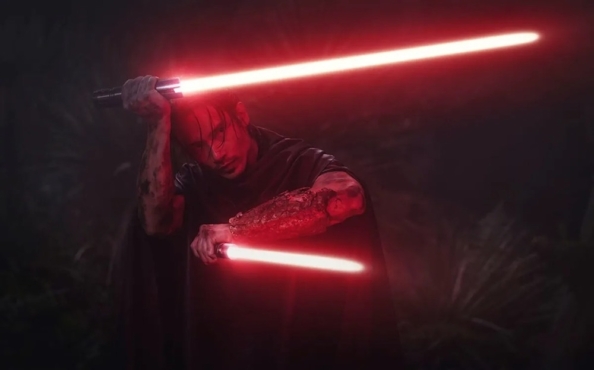
Image via Disney+
On the other hand, you have a character like Osha (Amandla Stenberg) who begins the series as completely neutral. The Jedi pull her into the story by initially arresting her for a crime she didn’t commit. Even knowledge of her sister, whom she has hated, doesn’t deter her plan to live a simple, unbothered life. Throughout season 1, Osha is insistent on wanting nothing to do with Mae, her mission or anything else.
But the revelation that the genocide of her culture happened at the hands of those she loved, shatters her life. The knowledge that the Jedi murdered family, then took her in, only to then tell her that she is not good enough. This betrayal is so strong, breeding so much hate and rage, that she commits the cardinal sin and not only kills but in doing so, embraces the Dark Side.
So while it seems like a foregone conclusion that Osha will be training to become a Sith with The Stranger, it doesn’t mean Osha was always evil. And while knowing the back story of a villainous character doesn’t justify or excuse their actions, it adds complexity to the standard binary good versus evil story. And this isn’t new, Star Wars gave us an entire trilogy of the nuanced and tragic downfall of Anakin Skywalker. They also gave us Tales Of The Jedi And Tales Of The Empire that both showcase the fall of a beloved Jedi. It’s a Star Wars thing, at this point.
The Acolyte Challenges Other Concepts In Star Wars
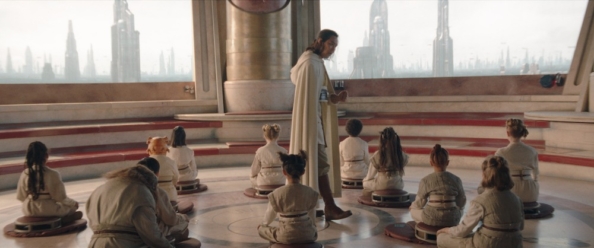
Image via Disney+
In many ways, the complaints that some fans have about the series are kind of proving the point of the show. The Acolyte’s main uniqueness is that it shows us different viewpoints than what we got in the past. We unquestioningly accept when Jedi storm fortresses or are fighting off groups of henchmen, that those are the bad guys. Solely because, anyone against the Jedi must be bad, as the Jedi are good.
The Acolyte takes us behind an, initially ominous, but ultimately loving matriarchal society that uses the Force in a different way than we’re used to. A murderous villain whose back story includes potential abuse at the hands of a Jedi Master. The murder of a former Padawan’s mother and entire society by her mentor and the man she trusted with her life for years. This depth and tragedy to even villainous characters only makes the story more compelling and increases opportunities for audiences to engage with these characters. Which, audiences of The Acolyte definitely have.
The Show Even Challenges Understanding Of The Force
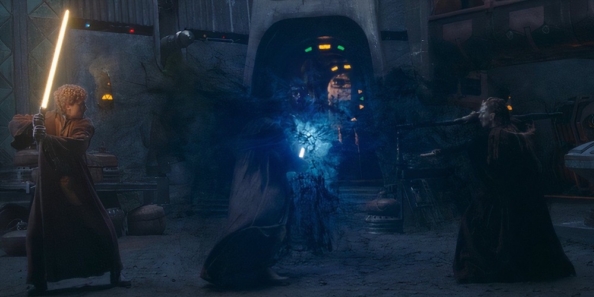
Image via Disney+
The Acolyte even pushes and makes us rethink what we know about The Force as well. It’s the first time in canon that audiences got to see another culture tap into The Force but use it differently than the Jedi. Which challenges everything we think we know about The Force.
Qimir (Manny Jacinto) basically says this to Osha, when she admits to not being strong in the Force anymore due to lack of training. Qimir implies that the Jedi’s interpretation of The Force is biased, meant to restrict knowledge of it, so they can use it to serve their own means. Hence the belief that only Jedi can wield the Force. Or, maybe in their minds, should. This is far from the truth, as we’ve seen Mother Aniseya and her coven of witches employ the Force, through their understanding of The Thread. And not just wield it, but somehow even tap into it to manipulate life itself, and allow powers that manifest in some visually interesting ways that we’ve never seen before in Star Wars!
Osha’s Powers In The End Wasn’t Bad Writing
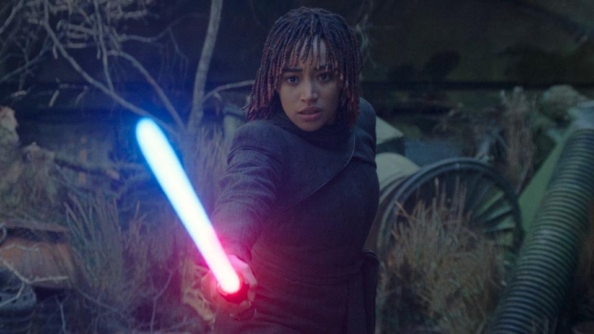
Image via Disney+
This would also explain how Osha was able to immediately get Force powers in the final moments of the show. Throughout the series, we saw Osha fail to use her Force powers. Assuming, as the Jedi have taught fans and in-universe characters alike, that the Force is a muscle that needs practise and exercise to become strong. But all of Osha’s Force powers came flooding back when she wore Qimir’s sensory-deprived cortosis helmet too. Albeit, uncontrollably.
But later, when she overpowers and kills Sol, she is in full-blown Force user mode. Confirming more of what Qimir was saying, that she always had it in her, but wasn’t able to actively use it due to years of brainwashing by the Jedi. So fans’ complaints of Osha’s strength in the end being a pothole or bad writing, is actually anything but. And meant to convey even further, the many lies of the Jedi. At least in this story, in this show, from the perspective of this character (Osha).
The Acolyte season 1 is now streaming on Disney+.
What did you think of The Acolyte’s good and evil depictions? Let me know in the comments below and follow me on X (formerly Twitter) at @theshahshahid to talk about Star Wars anytime!
